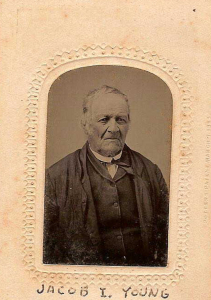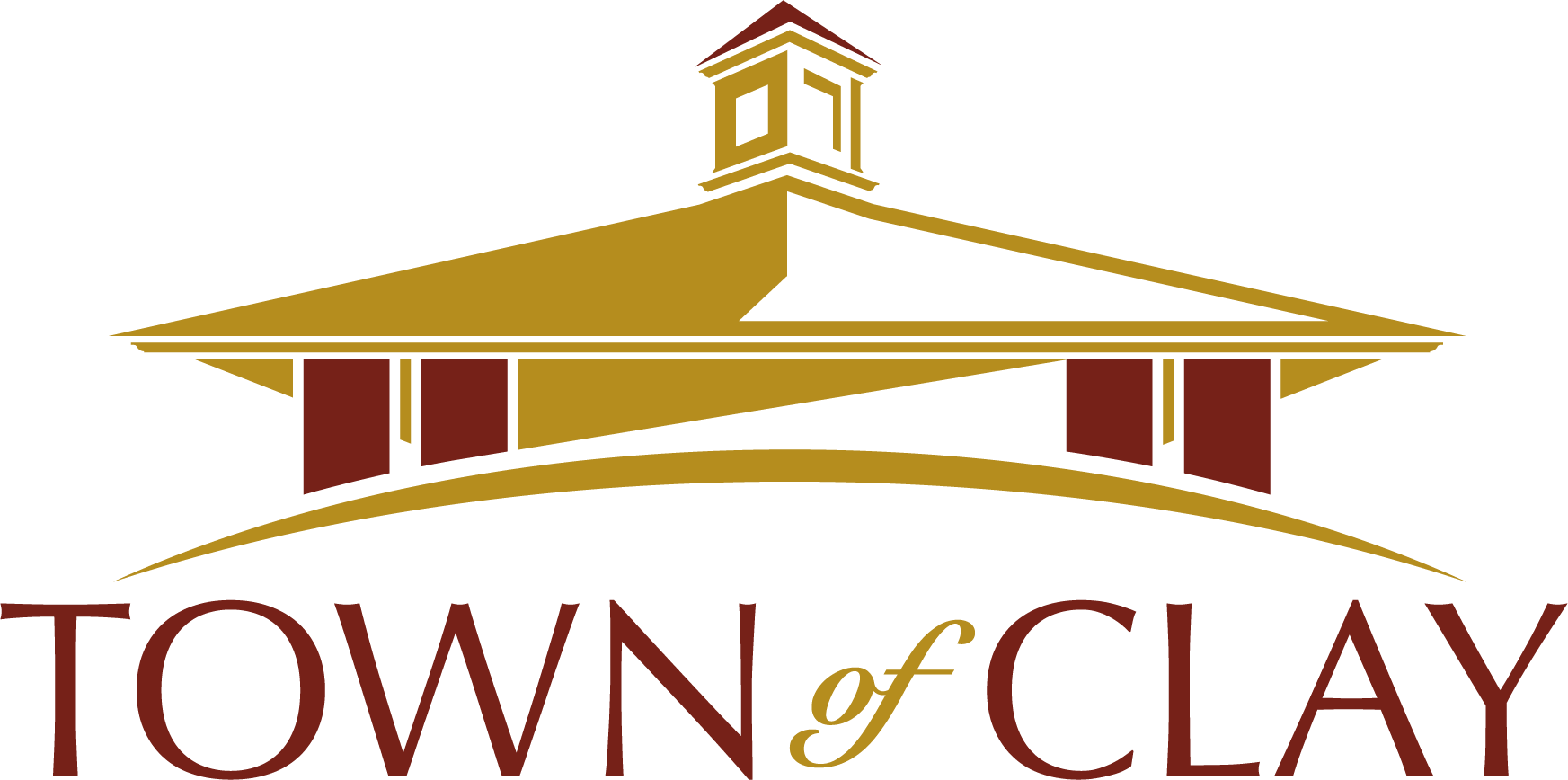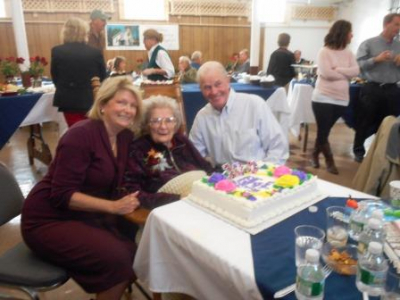French and Indian WarPosted on March 29, 2019 |
REMEMBERING CLAY
French and Indian War
The French and Indian War was between France and England from 1754 to 1763 over control of the colonies and territories. It was part of larger global war called the Seven Years War. It started when the colony of Virginia claimed land in present day Pennsylvania occupied by the French. George Washington was sent with a message to Fort LeBeouf telling the French to leave. Refusing, Washington tried to capture Fort Duquesne but was defeated and was forced to surrender after a defeat at Fort Necessity. Meanwhile, French forces from Canada captured and destroyed strategic strongholds of Fort Oswego. Fort Bull and Fort William Henry.
More British soldiers and resources were poured into the fight; roads and forts were built and massive campaigns mounted. The British finally captured/destroyed Fort Duquesne, Fort Carillon (Ticonderoga), Fort Frontenac (Kingston, Ontario), and Fort Niagara (at mouth of Niagara River) in 1758 and 1759. In 1760, the British mounted an invasion of French Canada, capturing Louisburg, Montreal and Quebec City. Defeated, the French handed over Canada and all the land east of the Mississippi to the British, and gave the Louisiana Territory west of the Mississippi to Spain. In 1763, many Native tribes in Britain’s new empire revolted against British rule and attacked British forts, which the British had promised to vacate. The revolt was put down and to appease them, the British created a new Proclamation line over which settlers were not supposed to go. This and taxes levied to pay for the war antagonized the colonists and were two of the causes of the Revolution.*
Areas of the land that would eventually become Clay were involved in the war. British supplies and troops were run down the Oneida River and Oswego River on their way to Oswego. Military roads ran through the Haudenosaunee territory, constructed with permission and perhaps help of the Indians. One military road ran along the Seneca River from the Syracuse area to a ford at the three rivers. Another ran from there toward the Chittenango area. A third led from the three rivers to Brewerton where a fort was located. There was a fortified supply depot about 60 feet square with three storehouses and a camp built at the three rivers site on the north side of the Oneida River; built about 1758 or 1759. Soldiers and cattle crossed here and continued on the west bank of the Oswego River. The French with their Indian allies scouted and raided these activities to disrupt the flow of supplies to the English forts and supply depots.
One major British campaign was Colonel John Bradstreet’s raid to destroy Fort Frontenac (Catarqui), a French stronghold in Kingston, Ontario in August 1758. This fort guarded the mouth of the St. Lawrence River and important French supply lines from Quebec to French settlements and forts in the Midwest. He was in command of a batteau service to transport soldiers and supplies throughout New York. Leaving Schenectady with 3,600 men mostly militia (600 deserted), he traveled by water and portage from the Mohawk River, through the Oneida Carry, Wood Creek and Oneida Lake to modern-day Brewerton where he received word of Oswegatchie Indian scouts in the area. He proceeded six miles up the Oneida River and camped on August 18 near present-day Caughdenoy in the town of Clay. Resuming his journey on Augusts 19, he met with a British scouting party at 10:00 a.m. at the three rivers, He heard the news that two members of their party were found dead and scalped. Despite this, Bradshaw pressed on to capture and destroy Fort Frontenac. On his return home, he camped 15 miles south of the Fulton portage at what is today called Horseshoe Island.
In General John Prideaux’s campaign in 1759 to capture the French stronghold at Fort Niagara, he accumulated a force of 6,000 men, including British soldiers, militia and Haudenosaunee warriors and proceeded down the established water route to the three rivers where they camped on June 23. Here he received his orders and continued down the Oswego River to successfully seige Fort Niagara, where Prideaux was killed, effectively severing communications between French Canada and the French forces in the Midwest.
General Geoffrey Amherst’s Montreal Campaign began in 1759 with the massive buildup at Oswego with the help of General William Johnson, well-known landowner and friend of the Haudenosaunee. They gathered at the fort for a potential attack on the St. Lawrence settlements. The 10,000 soldiers, militia, Native Americans and settlers had followed the water route from the Mohawk to Oswego and the Onondaga Indians had paddled up the Seneca River or had taken nearby trails to the three rivers, stopping to visit with family members who were fishing there. The soldiers stopped at the supply depot for supplies. Amherst launched his expedition to Canada from Oswego in July 1760, capturing the forts and defeating the French, essentially conquering Canada for the British.
The uprisings known as Pontiac’s Rebellion, from 1763-1766, were against the occupants of the forts and the landowners who were allowing settlers on the land that ere supposed to have been given back to the Senecas. It was reported that a French-Canadian, named LaForce, had been at the three rivers trying to trade for ginseng with the natives, who raised it for medicinal purposes, to trade to Europeans who would ship it to China. The Chinese were avid users of ginseng. He was really trying to rile up the native Confederacy to rebel by spreading a rumor that the French were coming back to conquer Canada and assist the rebellious tribes. He wasn’t believed by anyone.
As can be seen, Clay’s location on or near the waterways of New York that were so extensively used for travel, put it in the center of many events in Clay’s and New York’s history.
*Research by Zachary Peelman, MSEd
Dorothy Heller, Historian
March 20, 2019
Other
Remember Clay Stories

Jacob I. Young
Remembering Clay | Nov 18, 2016
REMEMBERING CLAY
Jacob I. Young, Early Clay Settler
Remember Clay - Solomon Kittle - Clay Civil War Veteran
Remembering Clay | Sep 6, 2017
REMEMBERING CLAY
Solomon Kittle – Clay Civil War Veteran

